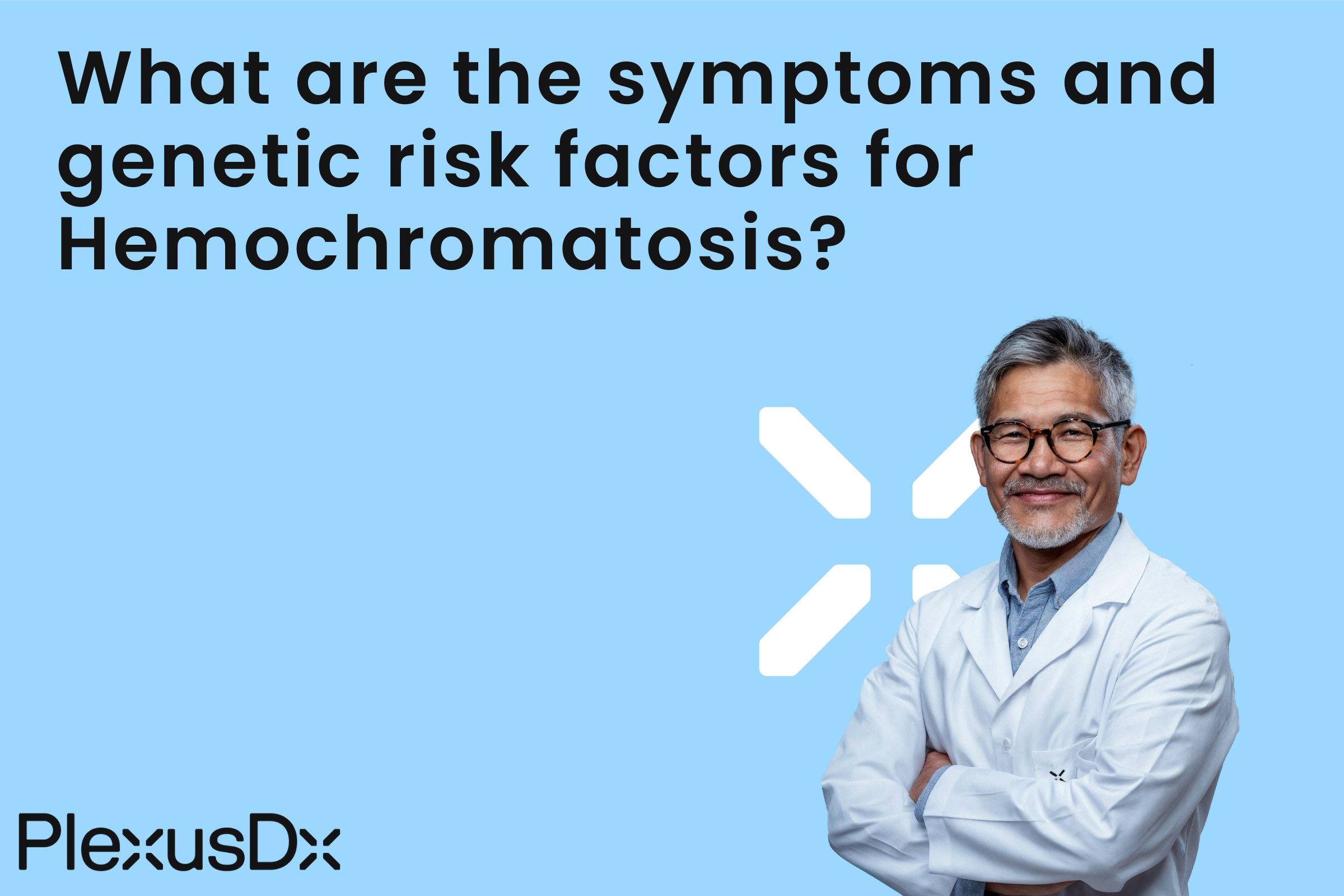Iron Overload: Are you regularly experiencing unexplained fatigue and joint pain along with changes in your skin color?
Hemochromatosis represents a severe genetic condition that manifests through diverse symptoms that seem unrelated. The blog post examines hemochromatosis which results from excessive iron absorption and storage by the body. Understanding hemochromatosis and your genetic risk factors for this condition is crucial for maintaining your health and well-being. Hemochromatosis disrupts the body's iron regulation system which leads to dangerous levels of iron accumulation in essential organs including the liver heart and pancreas. The most prevalent form of hemochromatosis develops through HFE gene mutations which interfere with iron absorption regulation across the body. Multiple symptoms accompany hemochromatosis including fatigue and joint pain abdominal discomfort skin pigmentation changes loss of sex drive and cognitive difficulties such as brain fog. Untreated hemochromatosis progresses into severe health conditions including liver damage and diabetes which demonstrates the importance of early detection and proper treatment. Both parents must pass on genes to cause hereditary hemochromatosis which becomes symptomatic typically after 40 years for males and 60 years for females. Preventive health management and early intervention require knowledge of your genetic susceptibility to this condition. Genetic testing remains the foremost approach to identify people at risk for hemochromatosis. The genetic mutation C282Y located at rs1800562 stands as the primary mutation found in type 1 hereditary hemochromatosis patients. The AA genotype variant increases the likelihood of iron overload development yet not every individual with this genetic profile will exhibit symptoms. The presence of rs1800562 alongside variants such as rs1799945 or H63D results in higher susceptibility to iron overload. Environmental and genetic factors together determine why some people with hemochromatosis-associated mutations do not show symptoms. Researchers have found evidence that populations who adopted grain-based diets with low iron availability benefited evolutionarily from genetic mutations associated with hemochromatosis. The genetic changes that improved iron absorption during evolution demonstrate their potential advantages in regions where iron was scarce. The genetic disorder known as hemochromatosis demonstrates why personalized health approaches and genetic evaluations are absolutely necessary. When you understand your genetic predisposition to hemochromatosis but also engage in proactive health actions you gain control over your wellness. Use PlexusDx Precision Health & Wellness tests to obtain critical genetic predisposition data that informs your healthcare choices. Understanding health information transforms into an effective method for managing your overall well-being. Improve your health journey by exploring PlexusDx's genetic testing offerings. Your well-being requires investment and learning about genetic risks for diseases like hemochromatosis enables future health improvements.

Share:
Which diseases link to low IL-10 levels and how can genetic testing clarify its health impact?
How do Chloride genetic predispositions affect health? How can PlexusDx testing help?